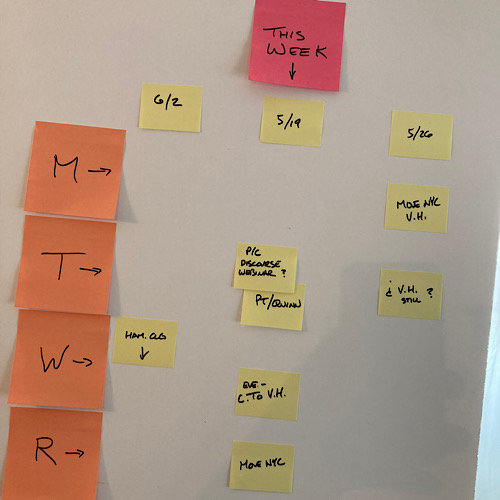But among all of nature’s beauties, nothing inspired him more than trees — those eternal muses of scientists, artists, philosophers, and poets alike — and what Margaret Fuller so unforgettably called “that best fact, the Moon.”
~ Maria Popova from, Of Trees, Tenderness, and the Moon: Hasui Kawase’s Stunning Japanese Woodblock Prints from the 1920s-1950s
I hesitated to share this. …because the book she’s writing about is out of print and only rather-expensive copies seem obtainable. But obviously I came down on the side of, “it’s trees, I have to share this.”
I was once in random conversation with a professional arborist. I cannot recall for certain even who or where or what we were discussing. (But I’m certain is wasn’t something as obvious as they were at my house trimming a tree. It had to be some social encounter.) He dropped a phrase which has stuck with me ever since. He mentioned, “caring for The Big Plants.” I feel that, somehow, he said it in capitals, just like that.
I’ve seen a couple of trees in my day; in Muir Woods, off the beaten paths in Japan, the Rockies. There are some singularly towering specimens in my neighborhood. I like to snap random photos of trees too. I don’t have a point coming, either.
Way back in “the day,” Carl Sagan made a comment in one of the original Cosmos episodes about DNA. As I recall, he was standing near a Big Plant, as that arborist would say, and he pointed out that we, and the tree, contain identical machinery for processing identically functioning DNA. There’s just a relatively small amount of encoded information making a “me” instead of a tree.
ɕ



